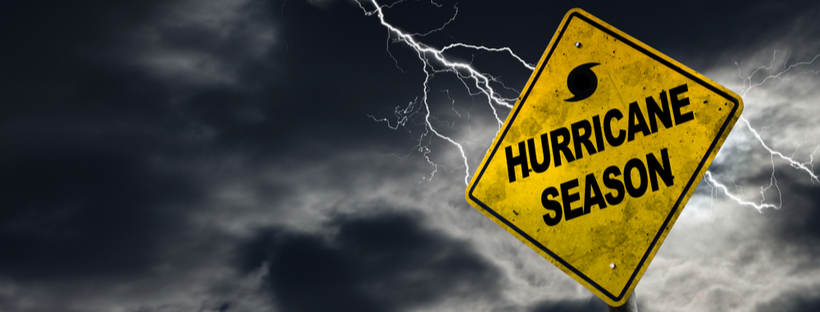
Hurricane Season: Protecting Your Business
The Congressional Budget Office estimates that businesses suffer $9 billion in annual economic losses from hurricanes and other storm-related flooding, with only 40% of those losses covered by public or private insurance. With the hurricane season upon us, businesses can do many things to avoid or mitigate the financial losses that hurricanes can cause.
To view the full article please register below:
Hurricane Season: Protecting Your Business
The Congressional Budget Office estimates that businesses suffer $9 billion in annual economic losses from hurricanes and other storm-related flooding, with only 40% of those losses covered by public or private insurance.1
With the hurricane season upon us, businesses can do many things to avoid or mitigate the financial losses that hurricanes can cause.
Seven Key Preparation Steps
- Make a plan. If your business doesn’t already have a plan for business continuation, make it now. To get started, read our white paper, “Creating a Business Continuity Plan.”
- Don’t be afraid to react early. Forecasters can be wrong, making an early decision to enact hurricane protocols inconvenient if the hurricane never arrives. However, it is far more costly to wait until a hurricane is bearing down and the certainty of its arrival is 100%.
- Secure digital and physical files. Wind and water can cause damage to your onsite computer hardware and servers, as well as important physical client documents. Be sure your data are backed up to the cloud and paper records are stored in a very secure location (at the very least, above flood elevation).
- Batten down the hatches. Make sure to unplug all electrical equipment and cover all computers and printers with heavy plastic. Use plywood to cover exterior windows. Remove all loose office items (cups, framed photos, etc.) and place them in a secure stored location (e.g., interior conference room or storage closet). Ask staff to take home personal items.
- Be prepared to work remotely. The coronavirus pandemic perhaps made experts of us all in being able to conduct business remotely, but remember, employees tend to work in the same geographic area and, as such, are equally at risk to hurricanes. Consider sending key employees to locations outside of the hurricane’s path so that work can more readily continue without interruption.
- Review your insurance coverage. Business continuity insurance typically does not cover economic losses due to water damages or flooding. Speak with your insurance agent to ensure your business is adequately protected from losses arising from hurricanes.
- Rise to the occasion. This is a time for leadership and empathy. Employees, clients and the community may experience profound losses. Be sure to think of their needs and how you can help before and after a hurricane lands. If your building remains in good condition and has electricity, consider allowing volunteer organizations to use your site as a relief distribution center or making it a place for people to recharge cell phones, wheelchairs, etc.
Don’t wait. Preparation and planning are your first line of defense.
Source:
Please reference disclosures: https://blog-dev.americanportfolios.com/disclosures/












